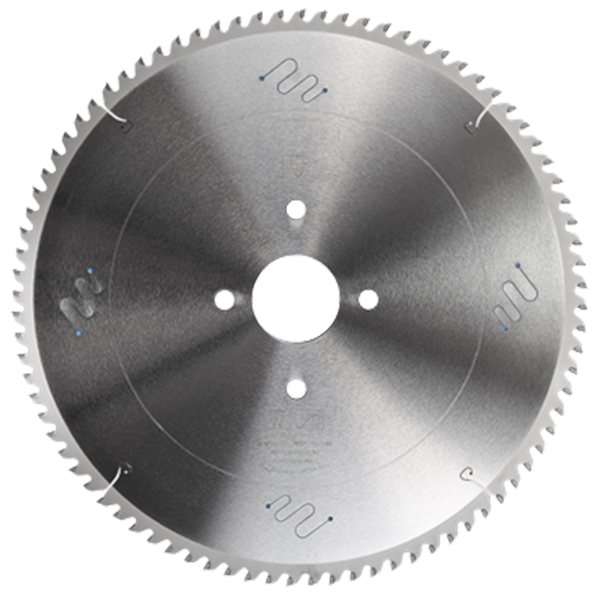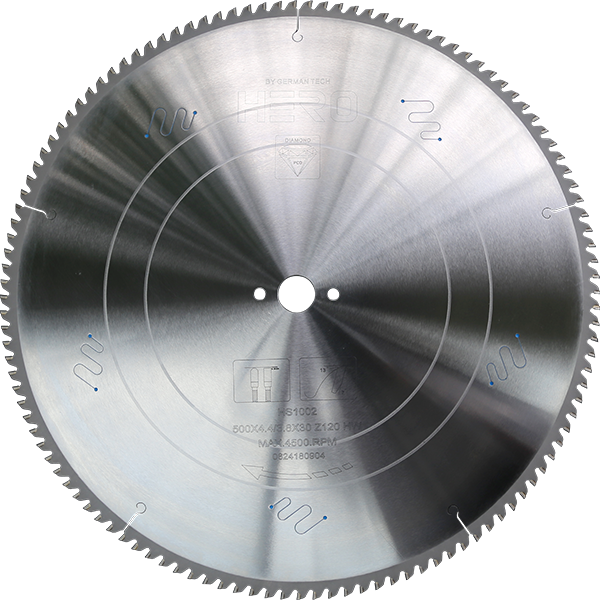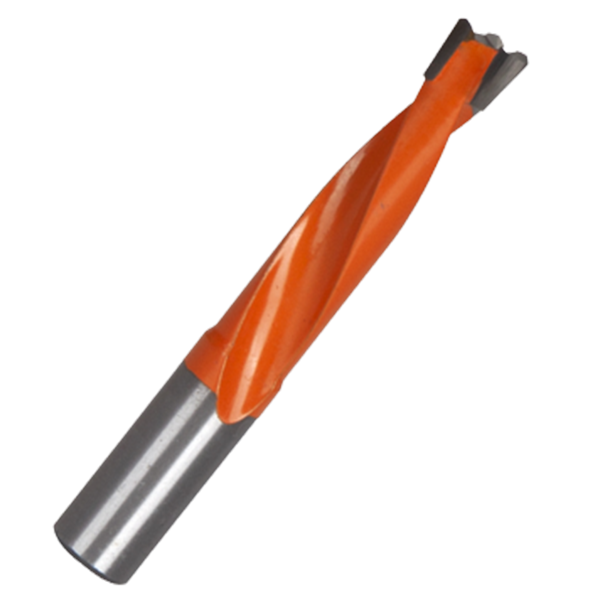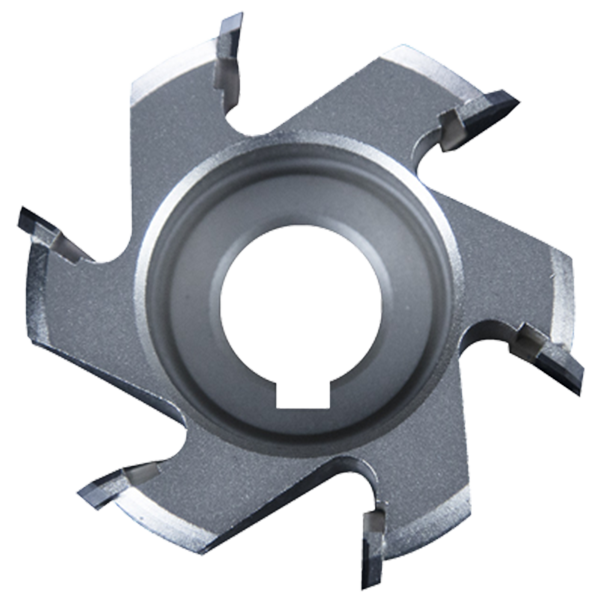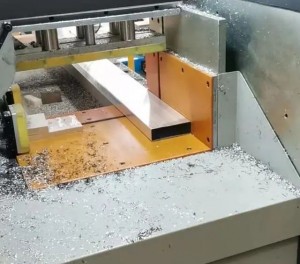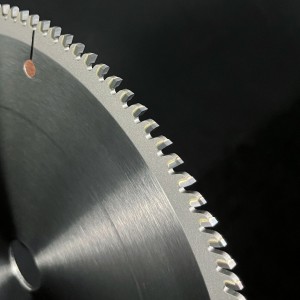How to Keep Your aluminum alloy Saw Blades Sharp?
In the world of metalworking, tool efficiency and longevity are crucial. Among these tools, the saw blade plays a vital role, especially when cutting aluminum alloys.However, these cutting edges are only as effective as their maintenance. In this blog post will dive into various strategies to improve the durability of aluminum saw blades and gives you consistent, high-quality cuts, ensuring they perform optimally and last longer,these tips will help you maintain sharp, efficient blades for years to come.
Learn about aluminum alloy saw blades
Before we delve into ways to improve durability, it’s necessary to understand what aluminum saw blades are and what they do. Specially designed for cutting aluminum and its alloys, these blades are widely used in various industries due to their lightweight and corrosion-resistant properties.Aluminum alloy saw blades are mostly flat-tooth type, the rake angle is usually 6-10 degrees, and the number of teeth is mostly 60-120 teeth. Aluminum alloy saw blades are also divided into thin-walled aluminum and solid thick-walled aluminum. Thin-wall profile saw blades usually use 100 teeth or 120 teeth, while solid wood cutting usually uses 60 teeth. Because the number of teeth is small, the chip removal performance is better and the saw blade will not burn.
Aluminum alloy saw blades are usually made of high-speed steel (HSS) or carbide materials. The choice of material significantly affects the performance and life of the blade. For example, HSS blades are suitable for cutting softer materials like wood or plastic, while carbide-tipped blades offer superior durability and performance for cutting hardwoods, metals, or abrasive materials, making them ideal for cutting aluminum alloys.Select the appropriate blade material based on the intended application and desired cutting performance.
Best Practices When Using Saw Blades
Proper usage is just as important as proper storage when it comes to protecting your saw blades. Misuse or neglect can undo even the best protection strategies.Using your saw blades correctly not only ensures better cuts but also prolongs their life span.
Avoiding Hazardous Cutting Conditions
Be mindful of the environment in which you’re working. Avoid cutting in dusty or damp conditions when possible, as these can accelerate blade wear and promote rust formation. Keeping your workspace clean and dry can also improve your overall safety, reducing the risk of slips or mishaps.
Correct Cutting Techniques
Use the proper cutting speed and pressure for the material you’re working with. Cutting speed and feed rate are key parameters that affect the service life of aluminum alloy saw blades. Forcing a blade through a cut too quickly can cause overheating and premature wear. Gradually feeding the material into the saw blade helps maintain a steady cut and keeps the blade from binding or warping.Finding the right balance for optimal performance is critical.
Matching Blades to Materials
Always use the right blade for the job. Using a fine-toothed blade on rough lumber or a coarse-toothed blade on delicate materials can quickly dull the blade and produce poor-quality cuts. Some blades are specifically designed for certain materials like metal, plastic, or hardwood—be sure to use these for optimal performance and longevity.For cutting aluminum alloys, carbide blades are generally recommended,as mentioned before, because of their excellent hardness and wear resistance. When choosing a blade, consider the specific type of aluminum alloy you want to cut, as different alloys may require different blade specifications.High-quality carbide blades tend to last longer than high-speed steel blades. Investing in quality materials can significantly reduce the frequency of blade replacements.
Best Methods for Protecting Saw Blades
Protecting your saw blades can significantly extend their life.
One of the simplest and most effective ways to protect saw blades is by using covers when you’re storing the tools. These covers shield the teeth from accidental impacts and moisture.You don’t always need expensive equipment to protect your saw blades. Here are some clever DIY solutions that can be just as effective.
Creating Custom Blade Guards:You can create custom guards using plywood or MDF. Cut two circles slightly larger than your blade, sandwich the blade between them, and secure them with bolts. This DIY guard protects the entire blade and allows for easy storage.
The Garden Hose Trick:A simple yet effective protection method involves repurposing an old garden hose. Cut a section of hose as long as the blade, then slit it lengthwise. You can then slip this makeshift guard onto the saw blade, protecting the teeth from dulling bumps and drops when not in use.
Custom-Made Blade Sheaths for Handsaws:While the garden hose trick provides a basic solution, crafting custom-made blade sheaths from fabric or leather can give you protection for handsaw blades, too. You can sew these sheaths to fit the exact size of the blade and include closures like snaps or Velcro so the blade stays securely covered. The added benefit of using more flexible materials is that they won’t mar or scratch the blade’s surface.
Proper Storage Techniques
Store your saw blades in a dry, climate-controlled environment. For circular saw blades, consider using a blade holder or rack to keep them separated and prevent contact between blades.
Specialized Storage Solutions:For those with many saw blades, investing in purpose-built storage solutions can be worthwhile. Blade safes and dedicated storage cabinets offer the best protection and organization for all your saw blades. These storage solutions come with adjustable compartments and padding to keep each blade type securely in place without risking contact with other blades.
Blade Guards and Tubes:Commercially available blade guards and tubes made from high-impact plastic or metal provide robust protection. These guards come in various sizes to accommodate different blade diameters and are especially useful for transporting blades between worksites. Using professional-grade blade guards keeps each blade in optimum condition even during travel.
Regular Cleaning and Maintenance
After each use, clean your saw blades to remove sawdust and debris. A quick wipe-down with a clean cloth can prevent build-up that could lead to rust or increased friction during your next cuts.
Blade Coatings and Lubricants:Specialized coatings and lubricants can provide an extra layer of protection against rust and corrosion. These products also help reduce friction during cutting, extending the life of your blades. Some lubricants are formulated to adhere tightly to the metal surface, providing long-lasting protection even in harsh conditions.
Understanding the potential hazards to your saw blades is the first step in effective protection.
Physical Damage:Accidental drops, impacts with hard surfaces, or improper storage can lead to bent or chipped teeth on saw blades. This type of damage can significantly reduce cutting performance and may require professional sharpening or blade replacement.
Rust and Corrosion:Moisture is the enemy of metal saw blades. Exposure to damp environments or prolonged contact with water can lead to rust and corrosion, compromising the blade’s structural integrity and cutting ability.
Debris and Abrasives:Sawdust, dirt, and other abrasive materials can accumulate on blade surfaces, leading to increased friction and premature dulling. Always check your work material before cutting to avoid hitting nails, screws, or other metal objects that can quickly dull even the sharpest blade.
Our Conclusion
Improving the durability of aluminum alloy saw blades is critical to maximizing the efficiency and reducing costs of metalworking operations. By understanding the factors that affect saw blade life and implementing effective strategies, you can significantly extend the life of your saw blade.
By following these guidelines, from simple DIY solutions like the garden hose trick to investing in professional storage options, you can significantly extend the life of your saw blades. The key to long-lasting, high-performance saw blades lies in a combination of proper storage, regular maintenance, and correct usage. you can ensure that your aluminum saw blades remain effective and durable, ultimately achieving better performance and lower operating costs.
In the highly competitive world of metal processing, every advantage counts. By focusing on the durability of your aluminum saw blades, you can increase productivity and achieve superior results on your projects.
Interest in purchasing a HERO circular saw blade, click here to request a digital or physical HERO catalogue to view the range in full today!
Post time: Oct-11-2024








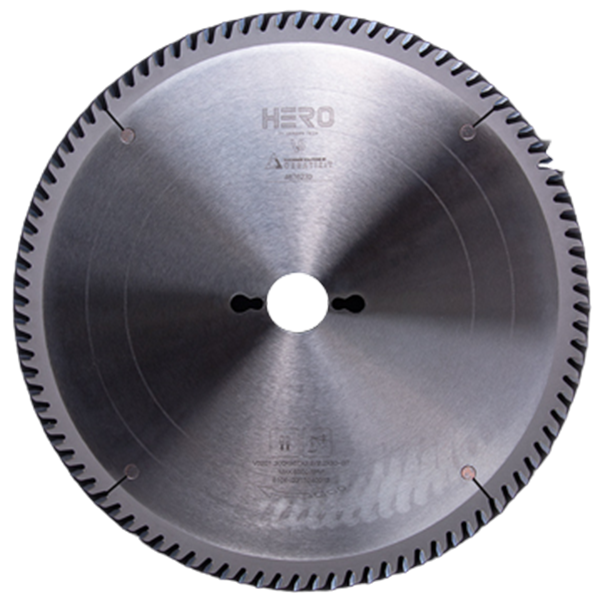 TCT Saw Blade
TCT Saw Blade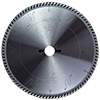 HERO Sizing Saw Blade
HERO Sizing Saw Blade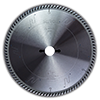 HERO Panel Sizing Saw
HERO Panel Sizing Saw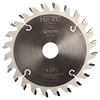 HERO Scoring Saw Blade
HERO Scoring Saw Blade HERO Solid Wood Saw Blade
HERO Solid Wood Saw Blade HERO Aluminum Saw
HERO Aluminum Saw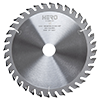 Grooving Saw
Grooving Saw Steel Profile Saw
Steel Profile Saw Edge Bander Saw
Edge Bander Saw Acrylic Saw
Acrylic Saw PCD Saw Blade
PCD Saw Blade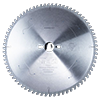 PCD Sizing Saw Blade
PCD Sizing Saw Blade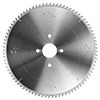 PCD Panel Sizing Saw
PCD Panel Sizing Saw PCD Scoring Saw Blade
PCD Scoring Saw Blade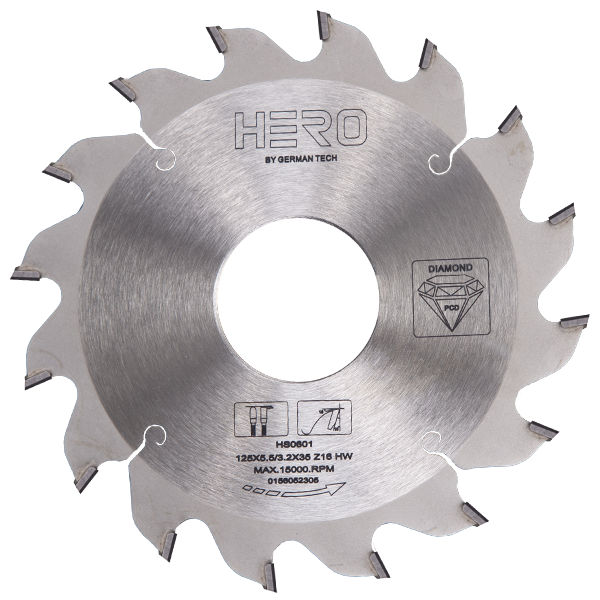 PCD Grooving Saw
PCD Grooving Saw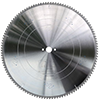 PCD Aluminum Saw
PCD Aluminum Saw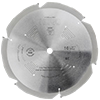 PCD Fiberboard Saw
PCD Fiberboard Saw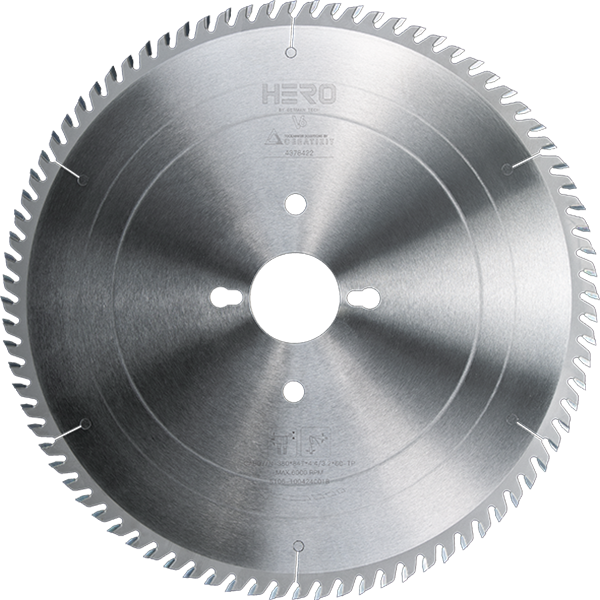 Cold Saw for Metal
Cold Saw for Metal Cold Saw Blade for Ferrous Metal
Cold Saw Blade for Ferrous Metal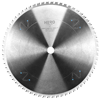 Dry Cut Saw Blade for Ferrous Metal
Dry Cut Saw Blade for Ferrous Metal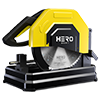 Cold Saw Machine
Cold Saw Machine Drill Bits
Drill Bits Dowel Drill Bits
Dowel Drill Bits Through Drill Bits
Through Drill Bits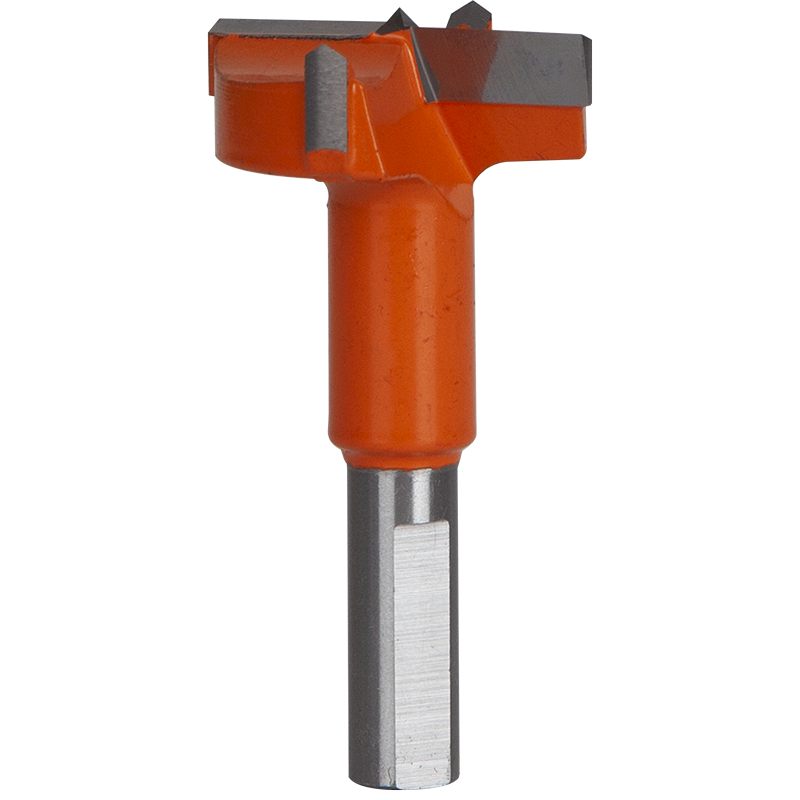 Hinge Drill Bits
Hinge Drill Bits TCT Step Drill Bits
TCT Step Drill Bits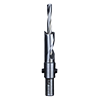 HSS Drill Bits/ Mortise Bits
HSS Drill Bits/ Mortise Bits Router Bits
Router Bits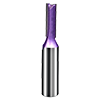 Straight Bits
Straight Bits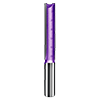 Longer Straight Bits
Longer Straight Bits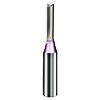 TCT Straight Bits
TCT Straight Bits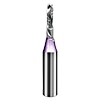 M16 Straight Bits
M16 Straight Bits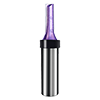 TCT X Straight Bits
TCT X Straight Bits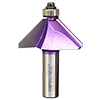 45 Degree Chamfer Bit
45 Degree Chamfer Bit Carving Bit
Carving Bit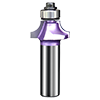 Corner Round Bit
Corner Round Bit PCD Router Bits
PCD Router Bits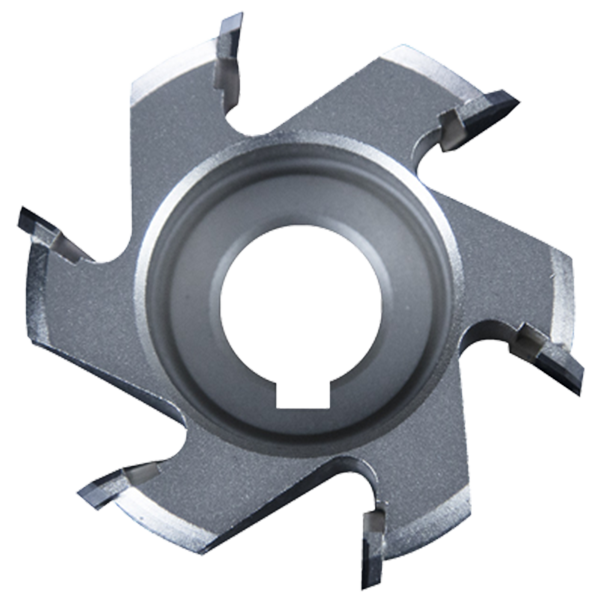 Edge Banding Tools
Edge Banding Tools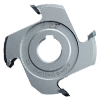 TCT Fine Trimming Cutter
TCT Fine Trimming Cutter TCT Pre Milling Cutter
TCT Pre Milling Cutter Edge Bander Saw
Edge Bander Saw PCD Fine Trimming Cutter
PCD Fine Trimming Cutter PCD Pre Milling Cutter
PCD Pre Milling Cutter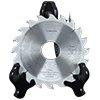 PCD Edge Bander Saw
PCD Edge Bander Saw Other Tools & Accessories
Other Tools & Accessories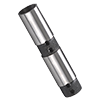 Drill Adapters
Drill Adapters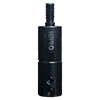 Drill Chucks
Drill Chucks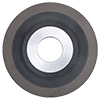 Diamond Sand Wheel
Diamond Sand Wheel Planer Knives
Planer Knives
